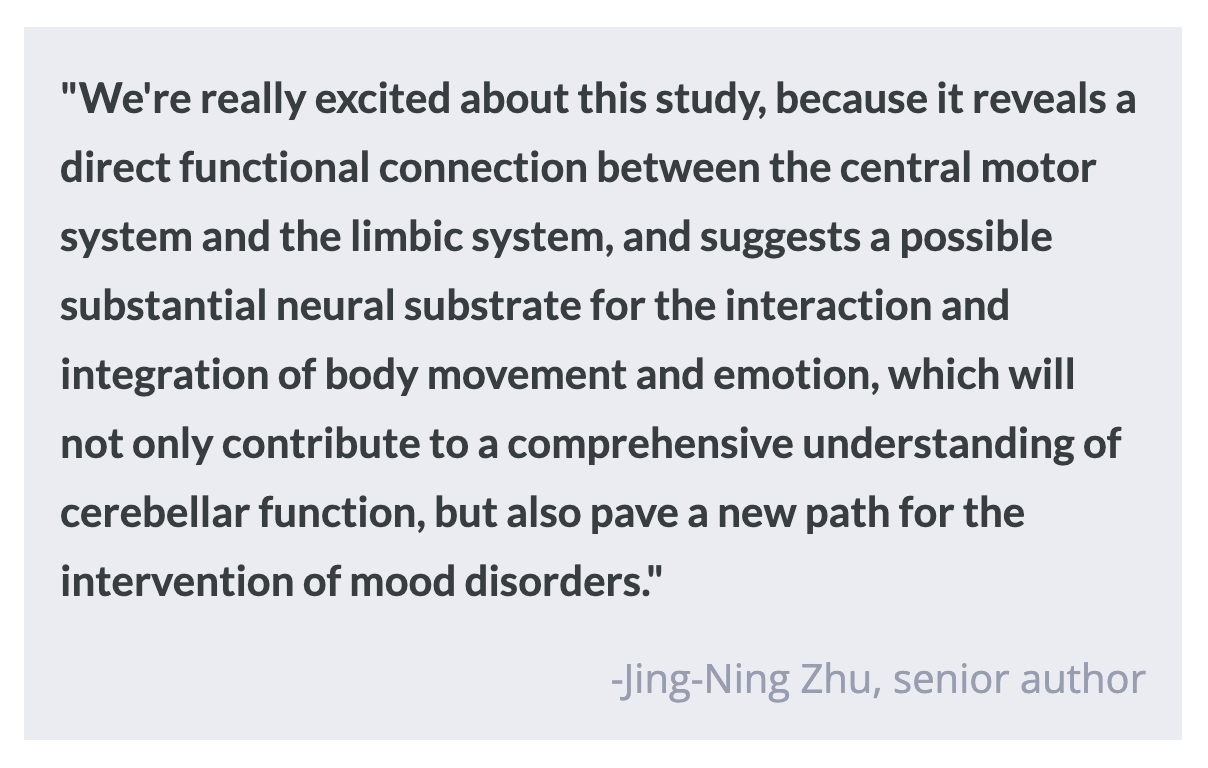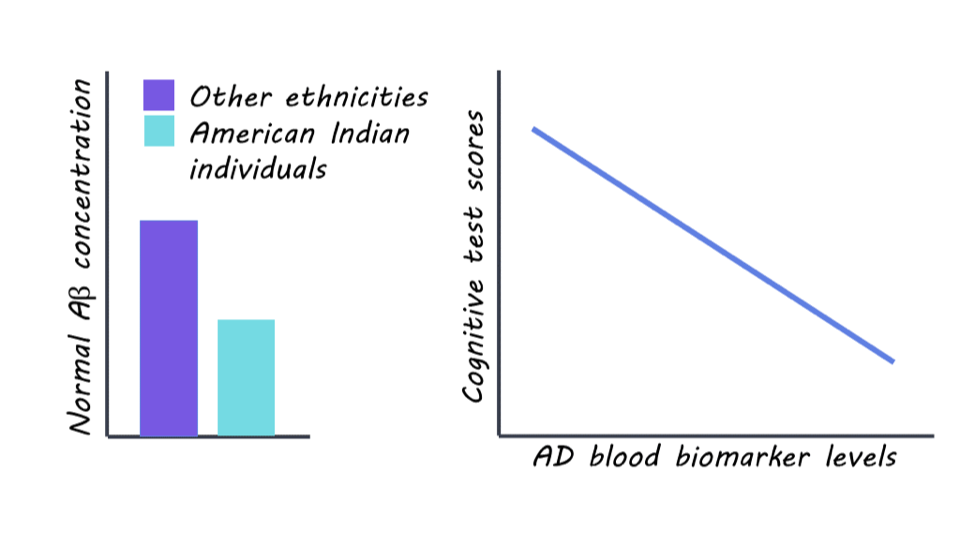How Engrams Become Selective During Memory Consolidation
Post by Shireen Parimoo
The takeaway
Engrams are ensembles of neurons that are activated during memory encoding and retrieval. During memory consolidation, excitatory hippocampal neurons facilitate the reorganization of engrams while inhibitory interneurons regulate the selectivity of those engrams for specific memories.
What's the science?
Engrams are ensembles of neurons in the hippocampus that are activated during learning and memory encoding. When those memories are later retrieved, at least a portion of the same neurons are reactivated, but it is unclear whether the engram from the learning period remains intact throughout consolidation (i.e., static engram) or if new neurons are incorporated into the engram while some of the original neurons are removed (i.e., dynamic engram). This week in Nature Neuroscience, Tomé and colleagues used computational modeling and contextual fear conditioning experiments in mice to investigate the neurobiological mechanisms by which engrams evolve as fear memories are consolidated in the hippocampus.
How did they do it?
The authors created a neural network model of the hippocampus that included inhibitory and excitatory neurons. They simulated memory encoding by providing a training stimulus as input to the network from a separate population of cells. Hippocampal neurons with a spiking rate above a specified threshold were considered to be part of the engram ensemble. In the consolidation and probing phases, the training stimulus was presented randomly to facilitate memory selectivity and to examine memory reactivation, respectively. Lastly, the training stimulus and novel stimuli were presented to the hippocampal network during recall. The recall rate (firing rate of engram cells in response to the training vs novel stimuli) and engram cell overlap during training and later memory reactivation were used to track the evolution of the engram ensemble. The activity of inhibitory and excitatory neurons was also manipulated to generate predictions about their role in engram evolution and memory retrieval.
Mice underwent contextual fear conditioning and their freezing behavior was recorded in the training environment during the learning phase, in a neutral environment, and again in the training environment during recall. Optogenetic and chemogenetic techniques were used to inhibit hippocampal neurons, along with activity-dependent cell labeling and calcium imaging to identify (i) engram composition during learning, and (ii) the role of inhibitory and excitatory neurons in memory consolidation and retrieval. Comparing the training context during recall to the neutral context, the amount of freezing behavior was used to determine memory selectivity while the overlap in activated engram cells was used to track engram evolution.
What did they find?
In the network model, the overlap between training-activated neurons and those activated during the probing phase decreased, indicating that the composition of the engram ensemble changes over time. The engrams also became more selective over time as their recall rate only dropped below the threshold for the novel stimuli. Altogether, the network model predicted that engrams change dynamically and become more selective over the course of memory consolidation. Importantly, the potentiation of inhibitory synapses between the inhibitory engram neurons and both engram and non-engram cells drove the dynamic reorganization of the engram during consolidation. That is, the activity of inhibitory neurons controlled which hippocampal neurons would be added to or removed from the initial engram ensemble.
Blocking long-term potentiation of excitatory neurons during consolidation led to a stabilized or static engram and impaired recall in the network model. On the other hand, blocking inhibitory interneurons in the neural network during consolidation and recall disrupted memory selectivity but did not affect engram reorganization. In mice, inhibiting the inhibitory neurons after fear conditioning and during recall similarly impaired memory selectivity as the mice could not discriminate between the training and neutral contexts. Together, these results show that during the memory consolidation phase, excitatory hippocampal activity is important for the dynamic reorganization of engrams while inhibitory activity underlies memory selectivity.
What's the impact?
This study revealed that engrams are dynamic and undergo reorganization during memory consolidation, which in turns facilitates memory selectivity for successful recall. Future work can build on these findings to provide a better understanding of the neurobiological basis of memory-related pathologies.




